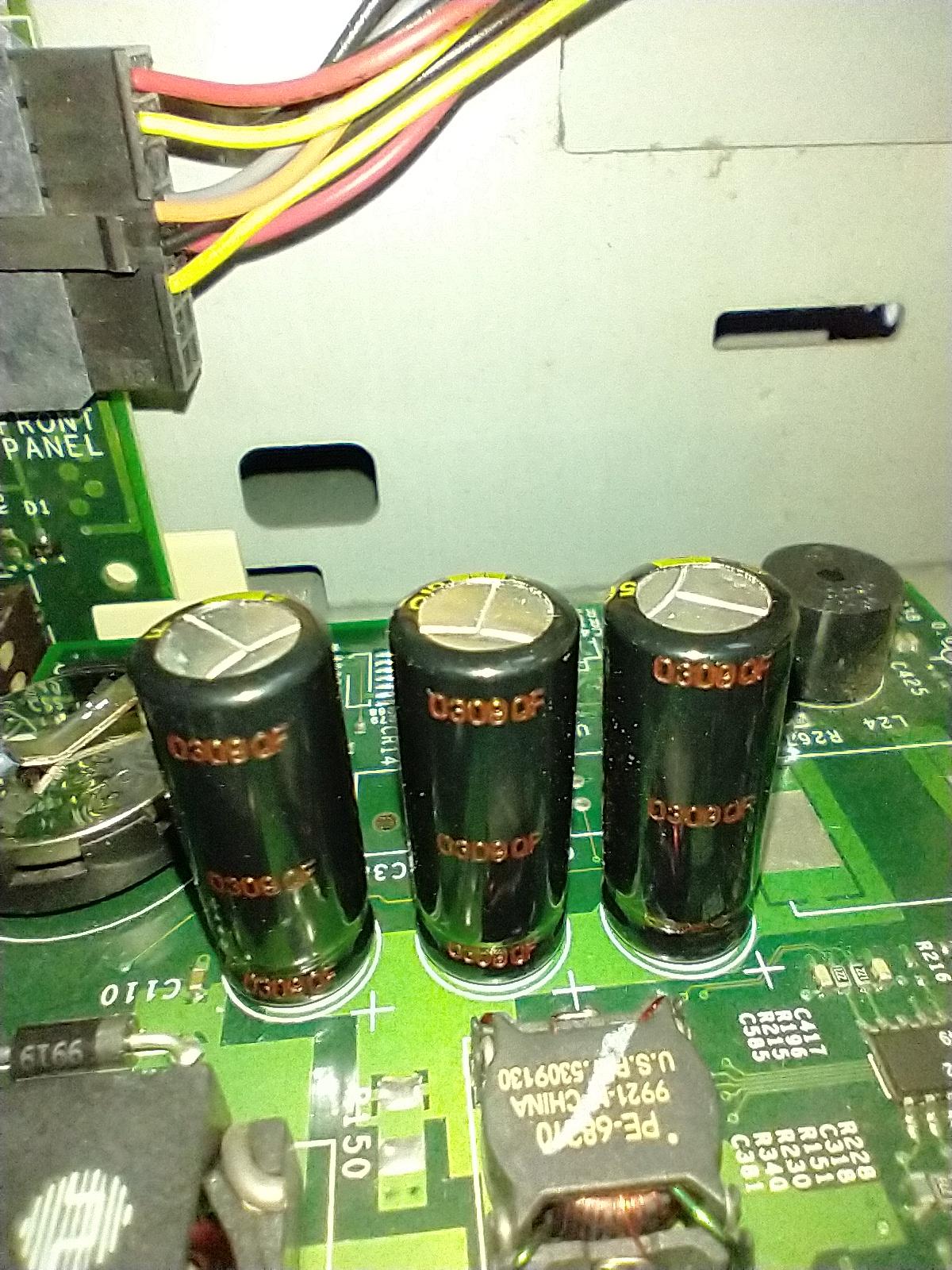I own a 1999 IBM Personal Computer 300GL (Type 6275-90U). It's a Slot 1 Pentium III, Intel 440BX chipset, with a riser board for adding PCI and ISA cards and 3 PC100 DIMM memory sockets.
About 50% of the time, when I try to boot, it immediately gives either a 1-3-1 or 1-3-4 POST error beep codes, which are RAM-related as per the user manual. If I turn it off, then wait a few moments, I can usually get it to POST and boot just fine. However, sometimes, it will still tell me a lower capacity number when looking at installed RAM in the CMOS settings.
Here's what I've done to troubleshoot:
- Used only a single stick
- Swapped the stick into each DIMM slot
- Swapped with a known working stick and did the same
- Reseated the CPU
- Swapped the entire CPU with a known working one
- Reseated the power connector on the riser board
- Swapped the entire PSU with a known working one
- Reset CMOS settings to default
- Upgraded BIOS to what I believe was the last version
- Cleaned slots with compressed air and isopropyl alcohol
It's beginning to look more like a motherboard issue. Since it's difficult to source a replacement (IBM FRU 61H2347), I'm guessing that I may have no real recourse to repair this machine.
Can anyone give suggestions on what I could do to salvage this machine?

